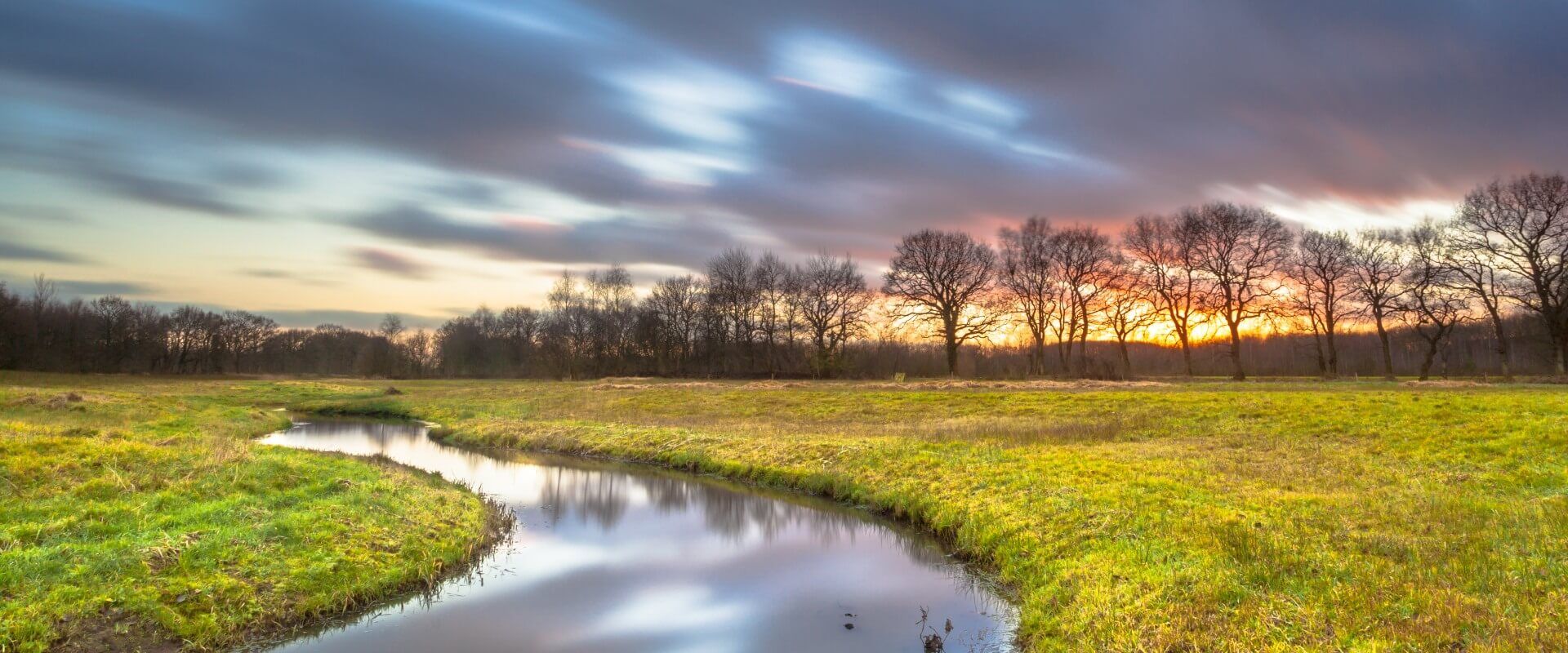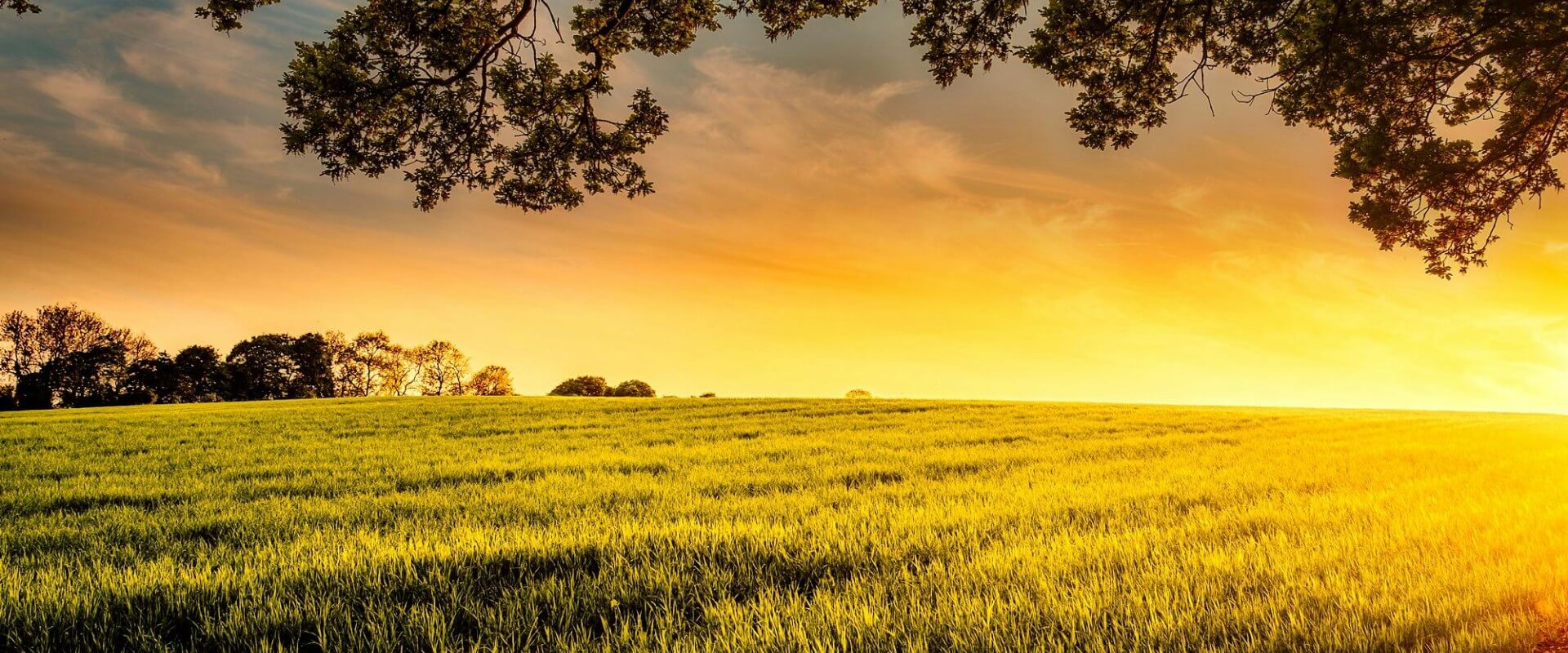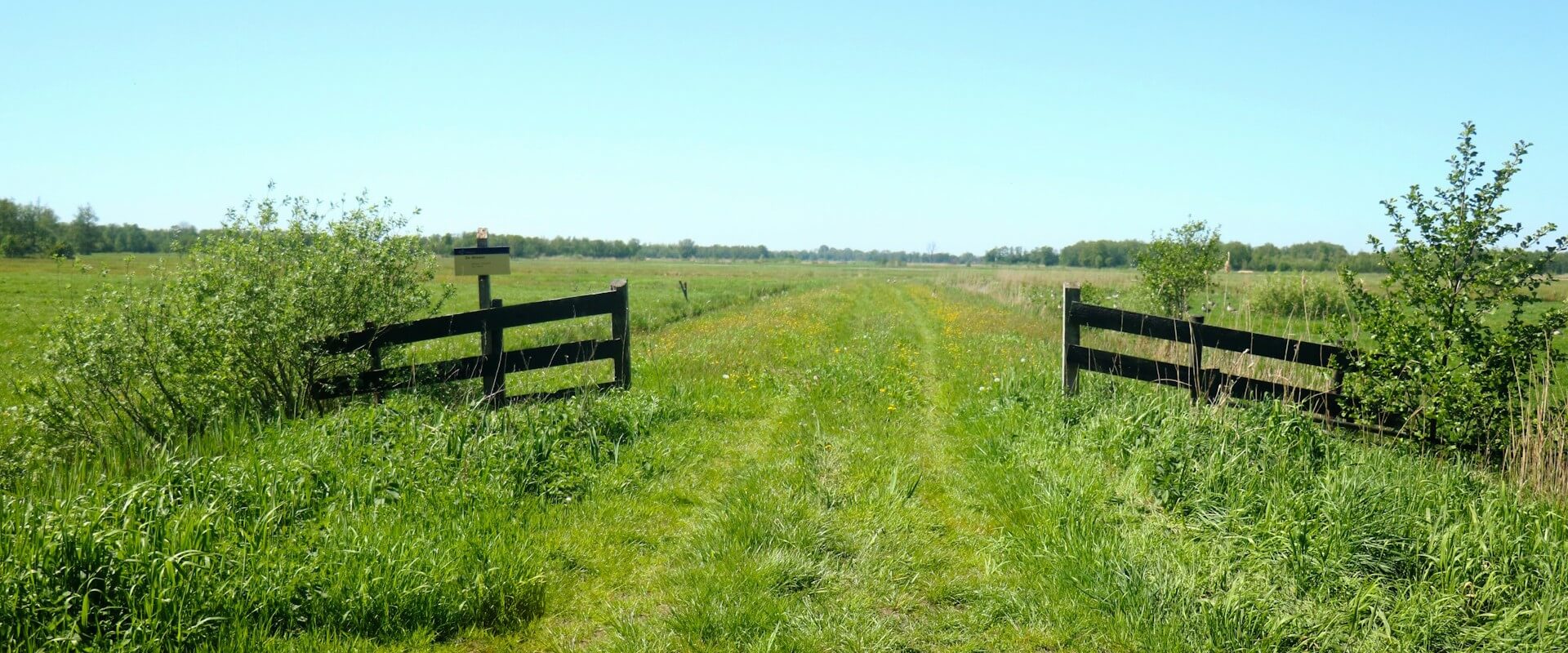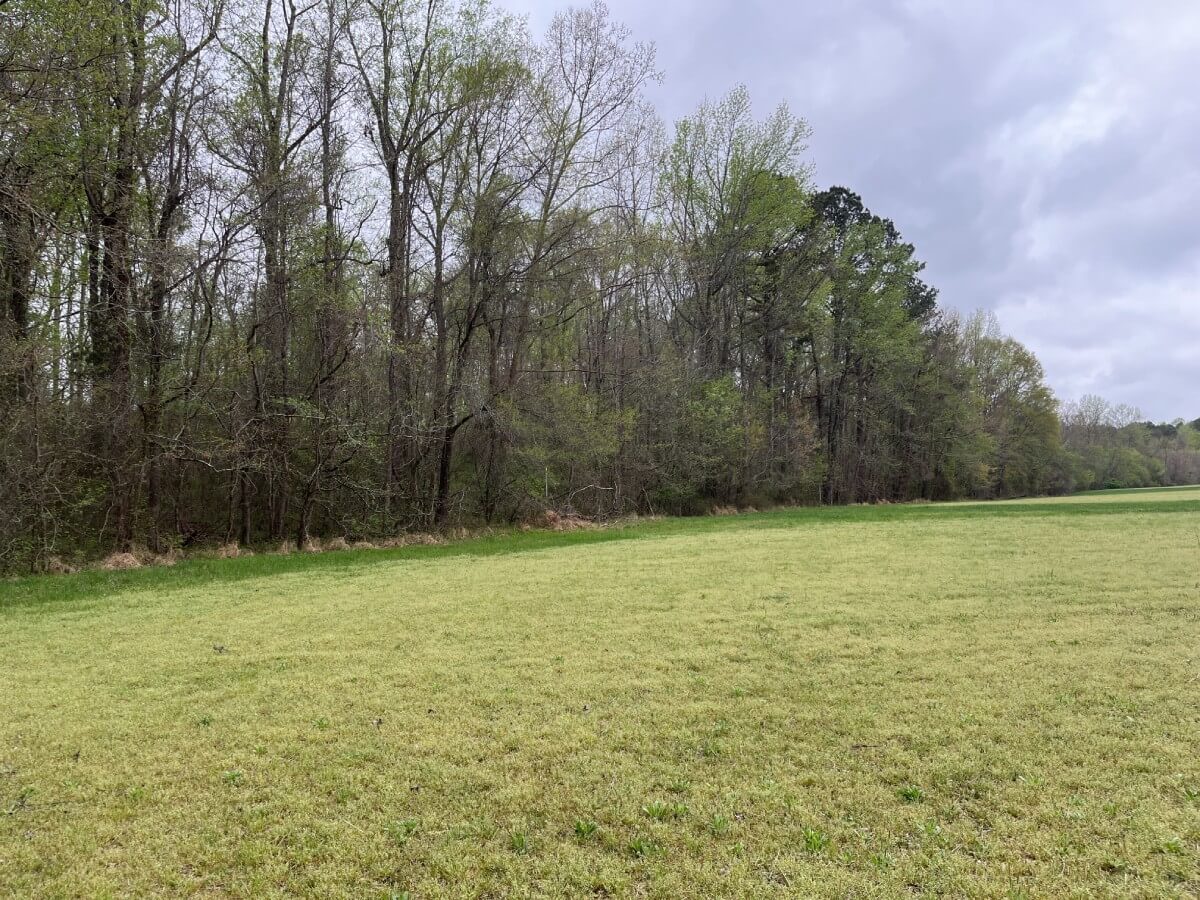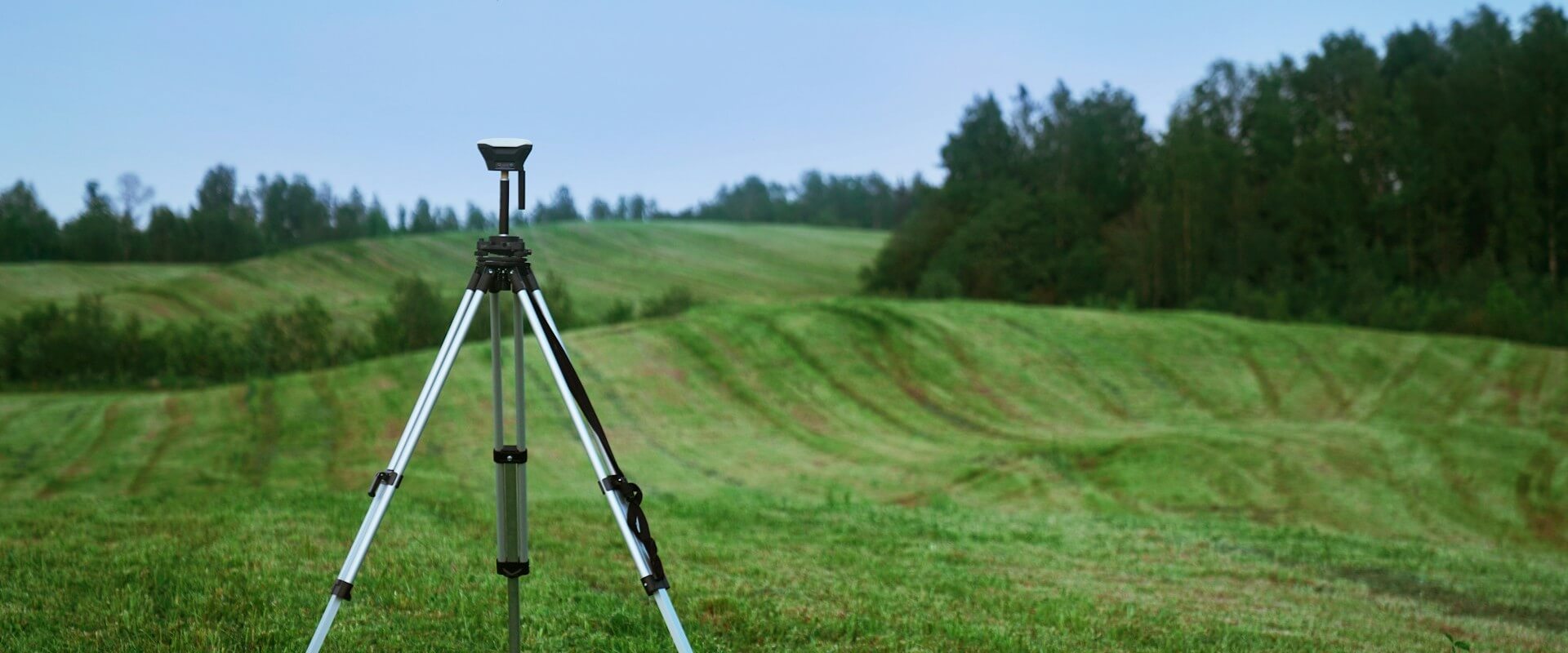When you hear about land and resource conservation, the focus is often on the big moments: a large parcel of land being protected in perpetuity, a forest is spared from development, or a critical habitat is preserved for wildlife. But what happens after the metaphoric ribbon is cut?
Stewardship of conservation easements is the quiet, ongoing work that ensures these big moments make lasting impacts on our environment and our communities–not just for today, but forever.
What is stewardship?
Simply put, stewardship is “caring for what we value.” While stewardship can take on many forms in different fields of work, in the context of land and water conservation, stewardship means to ensure the perpetual protection of natural and working lands.
Conservation professionals practice effective stewardship by working with the landowner to proactively fulfill the terms of the conservation easement. This is done through consistent communication with the landowner, regular monitoring visits of the conservation easement area, thorough reporting, and detailed documentation.
Stewardship supports the long-term health and sustainability of the resources it provides, the ecosystems it supports and the commitments made to protect it. It bridges the gap between the promise of conservation and the ongoing work it takes to fulfill that promise.
The goal of stewardship is to preserve the land’s natural and/or agricultural values and defend the conservation easement into perpetuity. Without stewardship, conservation easements might be at risk of violation. Conserved land could be subject to ecological degradation and conversion to incompatible land uses and development.
Why is stewardship important for the land?
Stewardship ensures and enforces the protection of conservation easement properties. Conservation organizations such as Unique Places to Save are legally required to uphold and defend the conservation easements we hold.
When taking on the responsibility of being the conservation easement holder, we are ensuring we will defend the conservation purpose and restrictions contained in the conservation easement.
By monitoring each conservation easement property regularly, we are making sure there aren’t any activities occurring within the property that would be inconsistent with the conservation easement.
While each conservation easement is customizable and unique, inconsistent activities could mean the following:
- Construction of unallowed buildings
- Cutting down trees
- Unallowed subdivisions of the property
There are many reasons a landowner chooses to enter into the voluntary agreement of placing their land under a conservation easement. Some of these include:
- Protecting habitat
- Sentimental value and the “land legacy” they will leave behind
- Tax and other financial benefits
Nearly all reasons for conservation ultimately benefit the landowner, the land, and the greater good. Effective stewardship ensures the protections outlined in conservation easements are actively maintained and the land continues to thrive.
Why is stewardship important for the people?
Equally important to the trust we build with individual landowners is the trust we foster with the public. Land conservation benefits some of the values that communities hold dear, including the protection of drinking water, preserving open spaces, conserving working lands, and helping maintain local ecosystems. The public (knowingly or unknowingly) benefits from land conservation organizations that uphold and defend these shared values.
Stewardship is the connection between private agreements and public benefits, making sure that conserved lands remain a resource for everyone. By maintaining this trust through due diligence and collaboration, conservation can be viewed as a shared investment in the future.
In my work as a Conservation Specialist, I am incredibly lucky to steward and defend our conservation easements and feel a sense of responsibility to the communities they serve. One of my favorite parts of stewardship is the partnership I build with our landowners and learning about the history of the land.
Stewardship is a collaborative effort between a land conservation organization and the landowner, and each piece of land and each landowner are unique with their own set of values to protect.
Conclusion
In the end, stewardship isn’t just a responsibility; it’s an opportunity. It’s a chance to actively protect the lands we love and to leave a legacy for the future. As conservation professionals and community members, we must continue to support the promises made through conservation easements.
To ensure that big moments in conservation translate into lasting impact, it is imperative we work together and care for our land. The commitment to stewardship is a shared journey requiring dedication and collaboration.
Unique Places to Save is devoted to ensuring the long-term protection and responsible management of conserved lands. By collaborating with our landowners and conservation partners, we are able to provide successful stewardship across ten states. With ongoing and effective stewardship, we strive for the conservation work of today to continually benefit our communities and our environment for all future generations.
Providing effective stewardship is a top priority for Unique Places to Save, and you can help us make a difference. By supporting Unique Places to Save, you are directly contributing to our conservation and stewardship efforts. Your contributions allow us to conserve more unique places and help us ensure our ability to protect our easements–forever.
About the Author
With dual Master’s degrees in Public Health and Business Administration, Mandi has successfully secured federal grants and managed significant projects that enhance environmental and community well-being. She leverages her diverse background to contribute to sustainable conservation efforts that protect vital ecosystems.
Learn More
